Appreciating our local native plants
bahia
15 years ago
Related Stories

GROUND COVERSNative Alternatives to English Ivy, Japanese Pachysandra and Periwinkle
These shade-loving ground covers are good for the environment and say something about where you are
Full Story
WINTER GARDENING10 Native Wildflowers to Beautify Your Winter Garden
They stand strong in wind, feed wildlife and are easy to grow. But you may want to add these plants for their looks alone
Full Story
GARDENING GUIDESHow to Find the Right Native Plants for Your Yard
Find plant maps, sale sites and guides that make going native in the garden easier than ever
Full Story
GARDENING GUIDESWe Bust 4 More Native Plant Myths
Have you been taken in by these fallacies about gardening with native plants?
Full Story
INSPIRING GARDENSNative Plants Bring 10 Southern California Front-Yard Gardens to Life
Rare plants, rain gardens and wildlife habitats are just a few of the features showcased on the 2016 Theodore Payne Native Plant Garden Tour
Full Story
GARDENING GUIDES10 Deer-Resistant Native Flowers to Plant This Fall
Learn about natives that embrace some kinds of wildlife but resist grazing deer
Full Story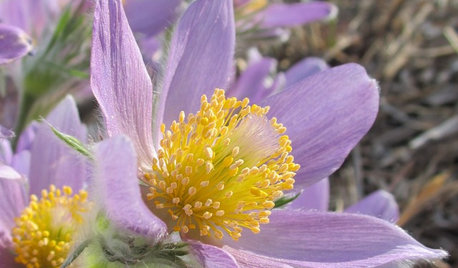
GARDENING FOR BUTTERFLIESGreat Native Plant: Pasque Flower
Get ahead with this early-blooming perennial, which has an unusual feature you've got to feel for yourself
Full Story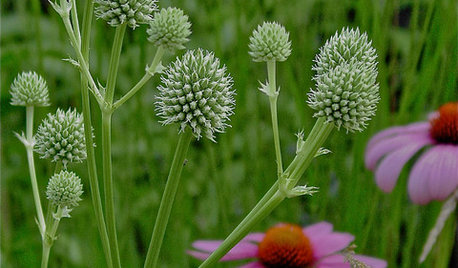
GARDENING GUIDESGreat Native Plant: Rattlesnake Master for Unique Interest
Serpents actually don’t give a hoot about this prairie wildflower, but insects do — and the foliage is a big draw too
Full Story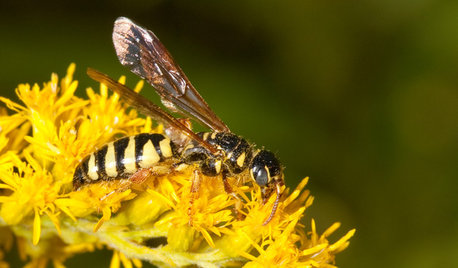
GARDENING GUIDESAttract Thynnid Wasps With Summer-Flowering Native Plants
These beneficial insects will hunt damaging beetle grubs in your lawn
Full Story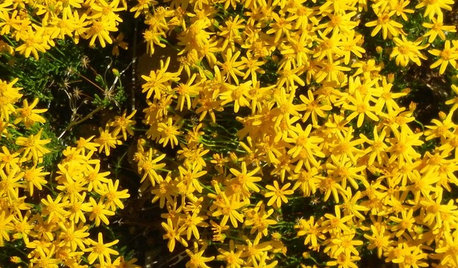
GARDENING GUIDESGreat Native Plant: Damianita
Enjoy its masses of golden flowers as an easy-care ground cover or appreciate the aroma of this desert native's leaves
Full Story



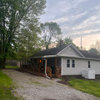


ironbelly1
rhodium
Related Discussions
Local native butterfly host plant/vine ideas?
Q
Liquidation Sale-local nursery needs our help to stay afloat
Q
Teacher Request: Spring flowers for our native garden
Q
How best to protect our native woods? (long, with pics)
Q
duluthinbloomz4
ironbelly1
catkim
nandina
kaitain4
isabella__MA
gardengal48 (PNW Z8/9)
rhodium
bahiaOriginal Author
catkim
ironbelly1
Embothrium
ironbelly1
bahiaOriginal Author
joepyeweed
gardengal48 (PNW Z8/9)
timbu
nandina
inkognito
hollybygolly
gardengal48 (PNW Z8/9)
catkim
ironbelly1
bahiaOriginal Author
hoyess
gonativegal